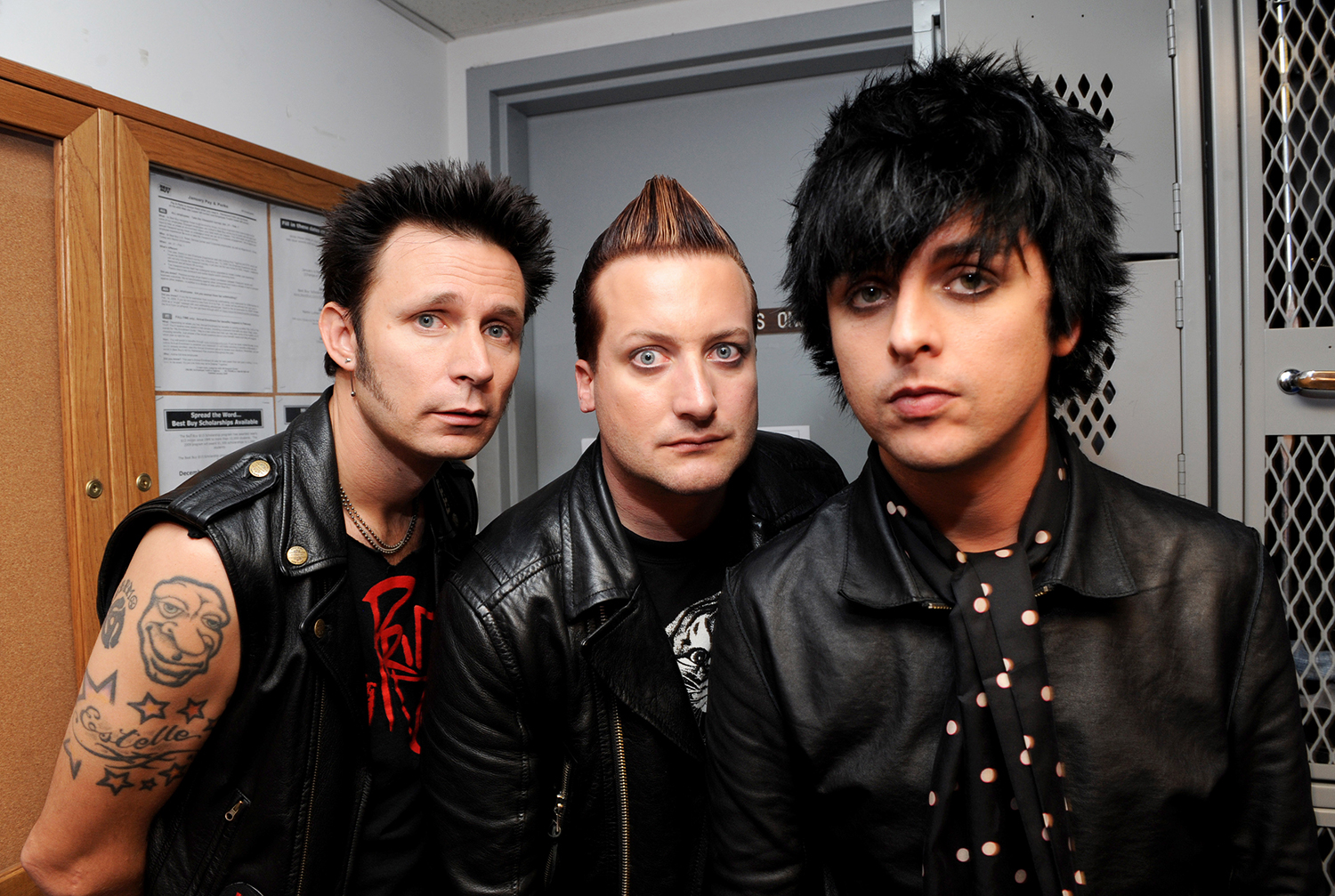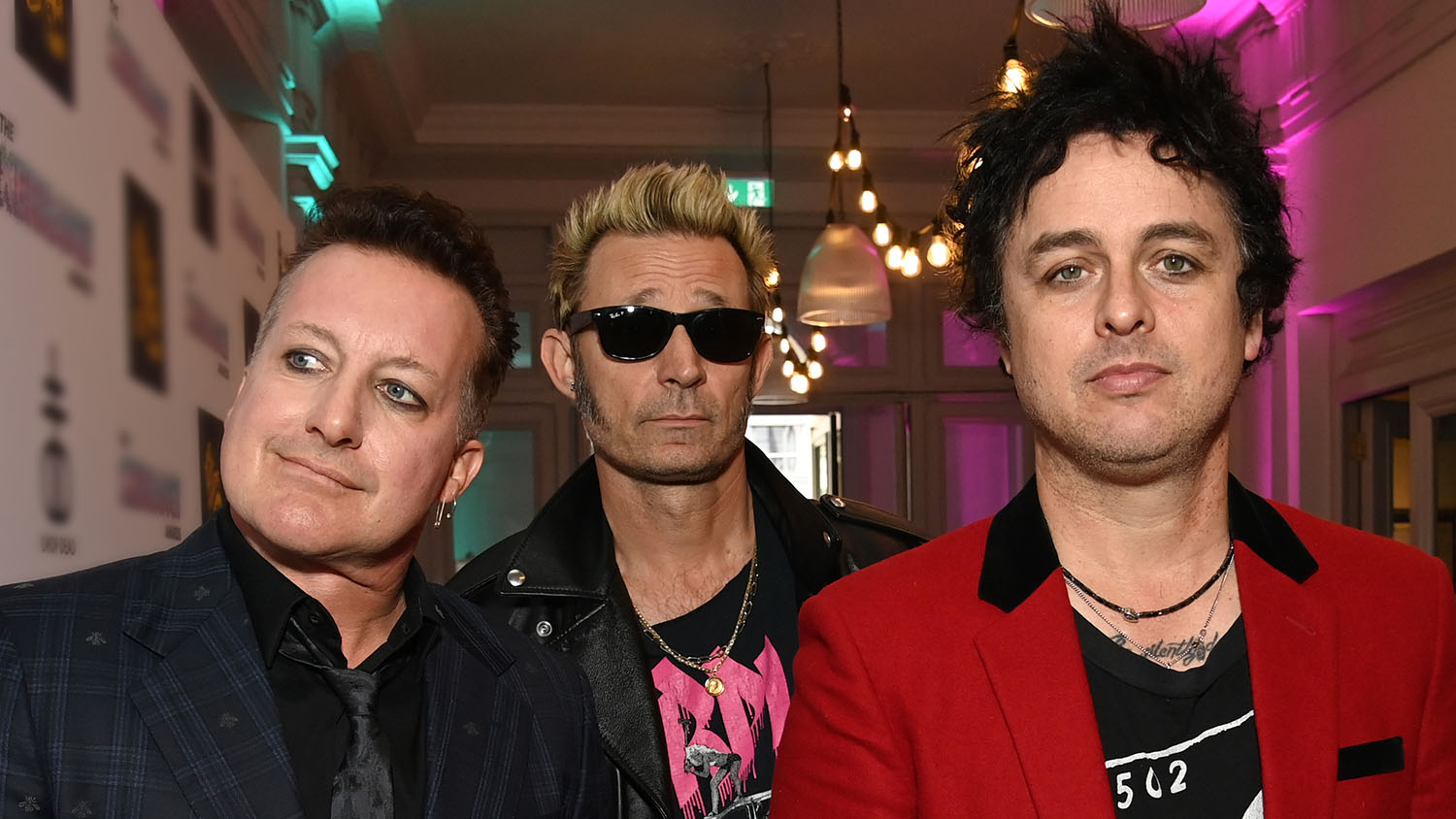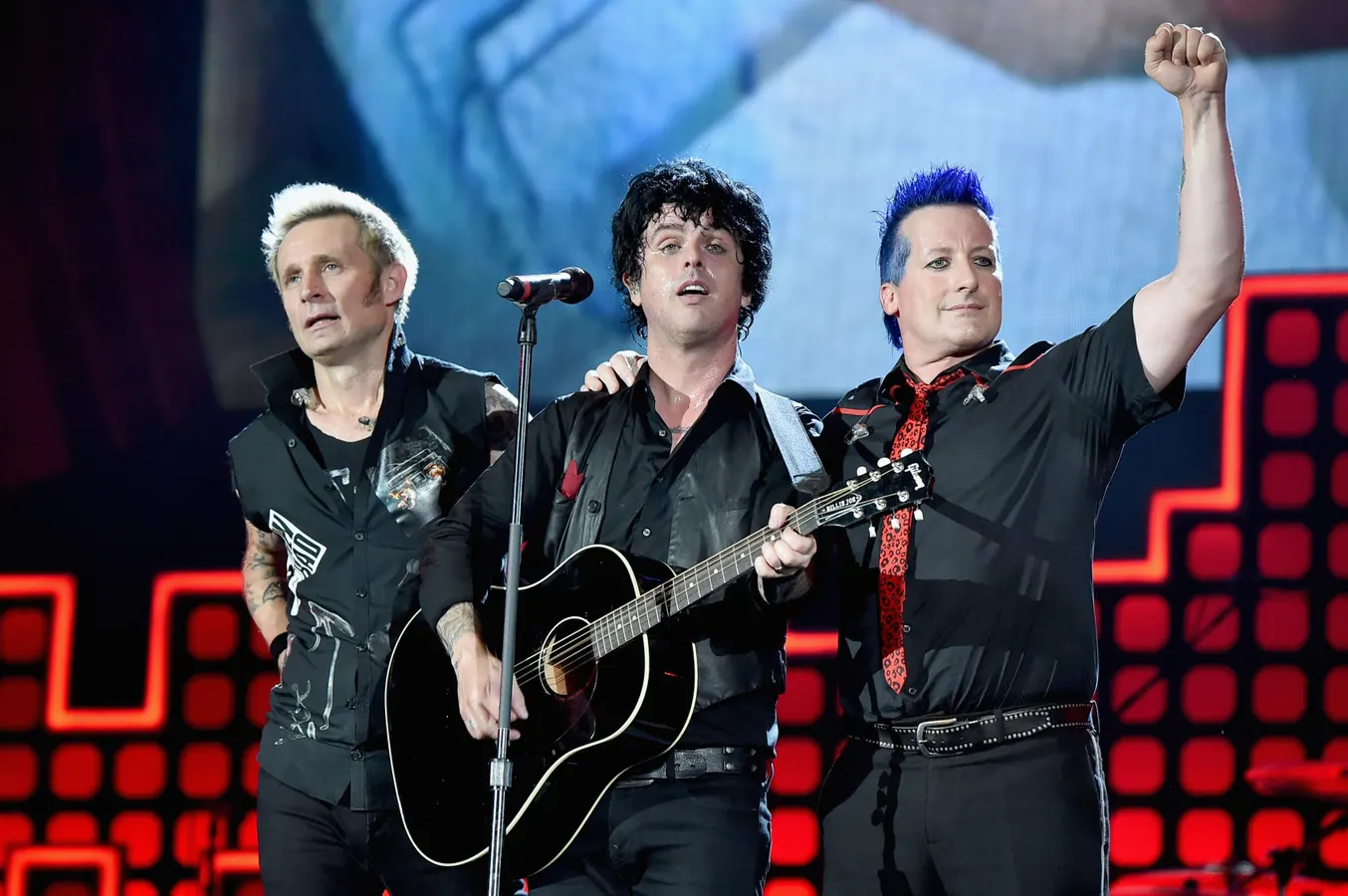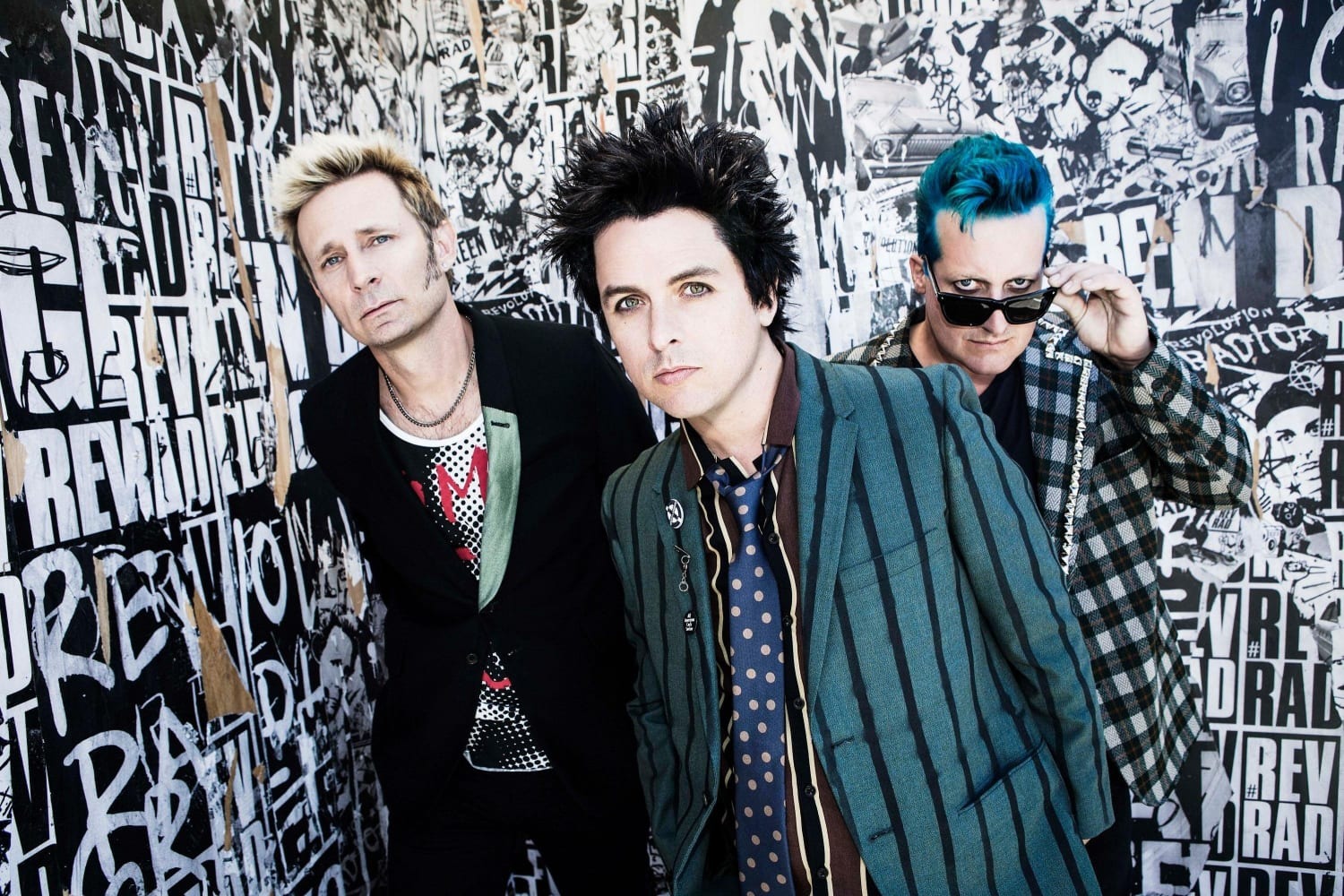No products in the cart.
News
Exploring Green Day’s Origins: When Did Green Day Start?
Curious about the roots of the legendary punk rock band Green Day? Delve into the band’s fascinating history as we answer the burning question: When did Green Day start? In this article, we’ll take you on a journey through the early days of Green Day, exploring their formation, key milestones, and the events that led to their rise to prominence.
When Did Green Day Start?
The inception of Green Day marked the genesis of a musical evolution. As the trio, consisting of Billie Joe Armstrong, Mike Dirnt, and drummer John Kiffmeyer, delved deeper into the punk scene, their sound began to take on a unique identity. Embracing influences beyond the confines of pure punk, the band decided to shed their original moniker, “Sweet Children,” in 1989. This pivotal decision accompanied the release of their debut EP, “1,000 Hours,” a precursor to the infectious energy and dynamic musicality that would define Green Day’s future endeavors.

The transition to Green Day not only symbolized a shift in name but also reflected the band’s commitment to crafting a distinctive sonic palette. It was during this period that Green Day started to carve out a niche for themselves, fusing punk sensibilities with a pop-oriented approach.
This period of transformation laid the groundwork for what was to come, setting the stage for Green Day’s breakthrough onto the global music scene with their third studio album, “Dookie,” in 1994. The evolution from “Sweet Children” to Green Day mirrored the band’s journey of self-discovery and creative exploration, ultimately leading to their ascent as one of the most influential and enduring bands in the history of rock music.
Evolution and the Name Change:
In the crucible of artistic exploration, Green Day underwent a transformative evolution that transcended the boundaries of pure punk. As the trio, comprised of Billie Joe Armstrong, Mike Dirnt, and drummer John Kiffmeyer, delved into their musical journey, they found themselves embracing a broader spectrum of influences that extended beyond the conventional punk rock landscape.

This evolutionary process culminated in a defining moment for the band in 1989 when they made the conscious decision to rebrand themselves as Green Day. This pivotal shift marked not only a change in nomenclature but a profound moment of self-realization and creative maturity. The adoption of the new name symbolized a departure from their earlier identity as “Sweet Children” and signified a bold step into uncharted musical territories.
Coinciding with this significant name change was the release of their debut EP, “1,000 Hours.” This collection of tracks served as a sonic manifesto, offering a glimpse into the infectious energy and distinctive sound that would soon become synonymous with Green Day’s musical ethos. The EP acted as a harbinger of the band’s trajectory, hinting at the infectious hooks, rebellious spirit, and poignant lyricism that would define their future works.
The transition from “Sweet Children” to Green Day represented not merely a change in name but a rebirth of artistic identity. It was a metamorphosis that allowed the band to transcend the confines of conventional punk, seamlessly incorporating pop influences into their repertoire. This newfound fusion of styles would prove to be a masterstroke, laying the foundation for Green Day’s mainstream breakthrough and establishing them as trailblazers within the realm of punk-infused alternative rock.
In retrospect, the evolution and name change of Green Day in 1989 stand as a testament to the band’s commitment to pushing artistic boundaries. This period of creative exploration set the stage for a remarkable journey that would unfold over the subsequent years, solidifying Green Day’s status as one of the most influential and enduring bands in the global music landscape.
Breakthrough with “Dookie”:
The musical landscape of 1994 witnessed a seismic shift when Green Day, the punk rock triumvirate of Billie Joe Armstrong, Mike Dirnt, and drummer Tré Cool, unleashed their third studio album upon the world – “Dookie.” This seminal record not only marked a turning point in the band’s career but became a watershed moment for the entire punk rock genre.

Released amidst a cacophony of distorted guitars and irreverent lyrics, “Dookie” served as a cultural lightning rod, propelling Green Day from the underground punk scene to the zenith of mainstream success. The album’s infectious energy and unabashed rebellion resonated with a broad audience, introducing a new generation to the unapologetic spirit of punk rock.
At the heart of “Dookie” were anthems that would go on to define a generation. Tracks like “Basket Case” and “Longview” not only dominated the airwaves but also became anthems for a disenchanted youth. With their catchy melodies, explosive guitar riffs, and candid lyricism, these singles encapsulated the essence of Green Day’s sonic revolution.
The critical acclaim showered upon “Dookie” was swift and resounding. The album not only earned the band a Grammy Award for Best Alternative Music Album but also garnered widespread recognition for its impact on the punk rock genre. Green Day had not just arrived; they had stormed the gates of the global music stage, leaving an indelible mark on the industry.
“Dookie” transcended the confines of traditional punk and showcased the band’s ability to seamlessly blend elements of pop with their raw, punk roots. It became a blueprint for the ’90s alternative rock movement, influencing a myriad of bands and reshaping the landscape of popular music.
As we reflect on the breakthrough achieved with “Dookie,” it’s evident that Green Day’s journey from the intimate punk venues of Rodeo, California, to the Grammy stage was more than a mere ascent; it was a cultural phenomenon. The album remains a timeless testament to the enduring power of punk rock and the audacious spirit of a band that dared to defy conventions. Green Day had not just made music; they had ignited a revolution, and “Dookie” was the anthem that reverberated across the hearts and minds of a generation hungry for a musical rebellion.
Post-“Dookie” Success:
In the aftermath of the seismic success brought about by “Dookie,” Green Day embarked on a musical odyssey that showcased their versatility, resilience, and unwavering commitment to artistic evolution. The post-“Dookie” era witnessed the band navigating uncharted waters, pushing boundaries, and solidifying their status as one of the most influential forces in alternative rock.

The release of “Insomniac” in 1995 demonstrated Green Day’s refusal to rest on their laurels. The album, characterized by its raw intensity and unfiltered aggression, not only debuted at number two on the Billboard 200 but also reaffirmed the band’s ability to channel their punk roots into a relentless sonic assault. Green Day’s unapologetic approach to their craft resonated with fans, maintaining the momentum generated by “Dookie.”
As the musical landscape continued to evolve, so did Green Day. The 1997 release of “Nimrod” marked a departure from their earlier sound, showcasing a more diverse range of influences. The album featured the iconic hit “Good Riddance (Time of Your Life),” a departure from their punk roots yet a poignant addition to their repertoire. This versatility endeared Green Day to an even broader audience, proving that their musical prowess extended beyond the confines of a singular genre.
“Warning,” released in 2000, further exemplified Green Day’s willingness to explore new sonic territories. With its folk-inspired elements and introspective lyricism, the album was a departure from the high-energy punk anthems that had defined their earlier works. Yet, it was precisely this ability to evolve without losing touch with their punk ethos that set Green Day apart. “Warning” showcased the band’s maturity and willingness to embrace change while staying true to their roots.
Throughout these post-“Dookie” releases, Green Day’s enduring popularity was a testament to their authenticity and the resonance of their music with fans across generations. While some bands struggle to navigate the delicate balance between evolution and maintaining a connection with their origins, Green Day seamlessly blended the old and the new, earning the respect of both longtime devotees and newcomers alike.
Green Day Today:
As we raise a toast to Green Day on their 1-year birthday celebration, the band stands as a living testament to the enduring power of musical reinvention and the impact of three friends who dared to challenge the status quo. From their humble beginnings in the intimate punk venues of Rodeo, California, to their evolution into a global rock phenomenon, Green Day’s journey is nothing short of a modern musical epic.

In the present day, Green Day remains a formidable force in the music industry, having carved an indelible niche that transcends genres and defies conventions. Their discography stands as a chronicle of the ever-changing face of alternative rock, with each album serving as a chapter in a story that resonates with listeners across generations.
What sets Green Day apart is not just their chart-topping success or Grammy accolades but their unwavering commitment to authenticity. The band’s ability to maintain a strong connection with their punk roots while fearlessly exploring new sounds has been a driving force behind their enduring popularity. This balance between rebellion and maturity has allowed Green Day to evolve organically, remaining relevant in an ever-shifting musical landscape.
Green Day’s influence extends far beyond the confines of their record sales and concert attendance. They have become cultural icons, embodying the spirit of rebellion and resilience that defines the very essence of rock and roll. Whether it’s the anthems of teenage angst that echoed through the ’90s or the more introspective and politically charged works of recent years, Green Day continues to resonate with listeners who seek music that speaks to the complexities of the human experience.
As we reflect on Green Day’s 1-year birthday celebration, it’s evident that their impact is not confined to a specific era but transcends time. The band’s legacy is woven into the fabric of contemporary music, and their influence reverberates through the work of countless artists who have followed in their footsteps.
Looking forward, Green Day’s journey is far from over. With each passing year, they continue to defy expectations, surprise audiences, and inspire a new wave of musicians. Their story is one of resilience, reinvention, and a commitment to the art of making music that matters. In a world where trends come and go, Green Day stands as a constant, a reminder that the power of authentic expression can withstand the test of time. Here’s to Green Day, an enduring force that continues to shape the very soul of rock music.
Conclusion: So, when did Green Day start? The answer lies in the vibrant punk scene of 1986, where three friends embarked on a musical journey that would shape the landscape of punk rock forever. Today, Green Day stands tall as an iconic band, and their story continues to inspire new generations of musicians and fans alike.
